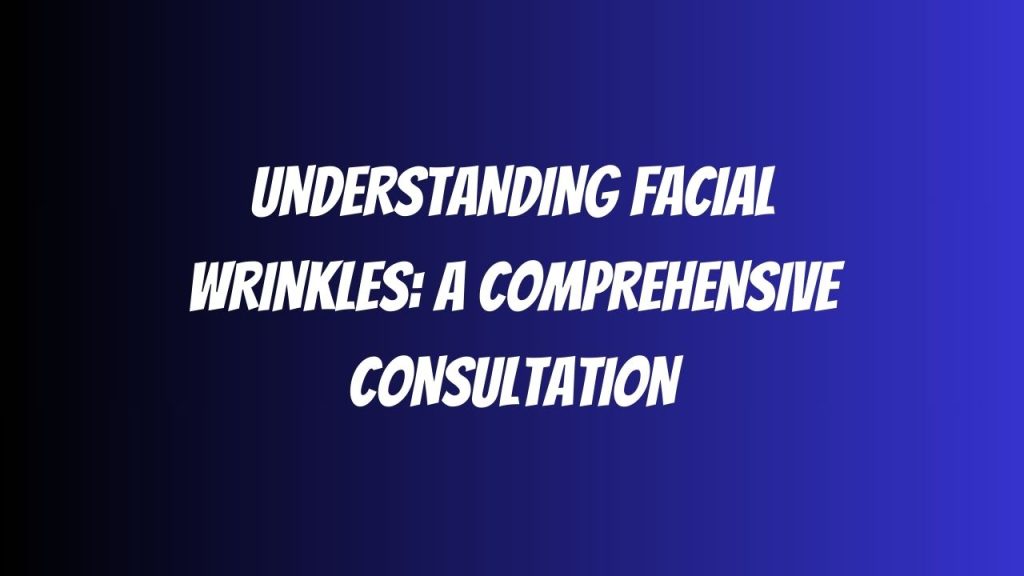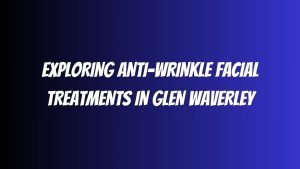When it comes to our skin, particularly our faces, the appearance of wrinkles can be a significant concern for many. It’s not just about vanity; it’s about how we perceive ourselves and, in many cases, how we believe the world perceives us. However, understanding the complexities surrounding facial wrinkles, including their causes, potential treatments, and the risks involved, requires a deep dive into the subject. This article aims to provide a balanced, medically-oriented overview, offering insights without leaning towards any particular treatment or promising unrealistic outcomes.
The Nature of Facial Wrinkles
Facial wrinkles are a natural part of the aging process but can be exacerbated by various factors such as sun exposure, smoking, dehydration, and certain facial expressions. They typically manifest as lines, creases, or folds in the skin, occurring predominantly around the eyes, mouth, and forehead.
Types of Wrinkles
Dynamic Wrinkles: These are formed as a result of repetitive facial movements that crease the skin, such as frowning or smiling.
Static Wrinkles: Contrary to dynamic wrinkles, these are visible regardless of facial expression and occur as the skin loses its elasticity and the effects of gravity become more apparent.
Understanding the type of wrinkles you have is crucial in considering potential treatments, as different approaches may be required.
Consultation and Considerations
Before deciding on any treatment path, consulting with a medical professional is paramount. This consultation should be comprehensive, covering your medical history, any allergies, or previous reactions to treatments, among other concerns. It’s important to approach treatments with realistic expectations and to understand that results can vary significantly from person to person.
Treatment Options
There are various treatment options available, ranging from topical creams to more invasive procedures. It’s essential to weigh the benefits against the potential risks and side effects, which can include but are not limited to, allergic reactions, infections, and in some cases, long-term adverse effects.
Topical Treatments: These can include over-the-counter creams and prescription medications. They often aim to moisturise the skin or promote collagen production but usually offer subtle results over extended periods.
Injectables: This category includes fillers and muscle relaxants, which can reduce the appearance of wrinkles temporarily. However, they carry risks such as swelling, bruising, and the possibility of uneven results.
Laser Treatments: These procedures aim to stimulate collagen production by delivering concentrated light pulses to the skin. Side effects can include redness, irritation, and in rare cases, scarring.
Surgical Options: Procedures like facelifts offer more permanent solutions but come with increased risks, including surgical complications, recovery time, and the potential for dissatisfaction with the results.
Potential Risks and Side Effects
It’s critical to discuss and understand the potential risks and side effects associated with any treatment. No procedure is without risk, and while some may experience minimal to no side effects, others may have more significant reactions.
Conclusion
In the quest to address facial wrinkles, knowledge and caution are your best allies. Understanding the types of wrinkles, available treatments, and potential risks are crucial steps in making informed decisions. It’s also imperative to consult with medical professionals to tailor a treatment plan that takes into account your individual needs and risks. Ultimately, while treatments can offer improvements, embracing a healthy lifestyle and realistic expectations is equally important in the journey towards skin health and confidence.
FAQs
Accordion Content
Each individual’s skin is unique, necessitating a customised approach to treatment. Consulting with an experienced cosmetic nurse or doctor can help determine the most appropriate treatment plan based on your specific condition and skin type.
Yes, lifestyle factors such as maintaining a healthy diet, staying hydrated, quitting smoking, and applying sunscreen can help reduce the appearance of wrinkles and prevent new ones from forming.
While some treatments can significantly reduce the appearance of wrinkles, it’s important to have realistic expectations and understand that completely eliminating wrinkles is unlikely. Aging is a natural process, and how it manifests varies from person to person.



